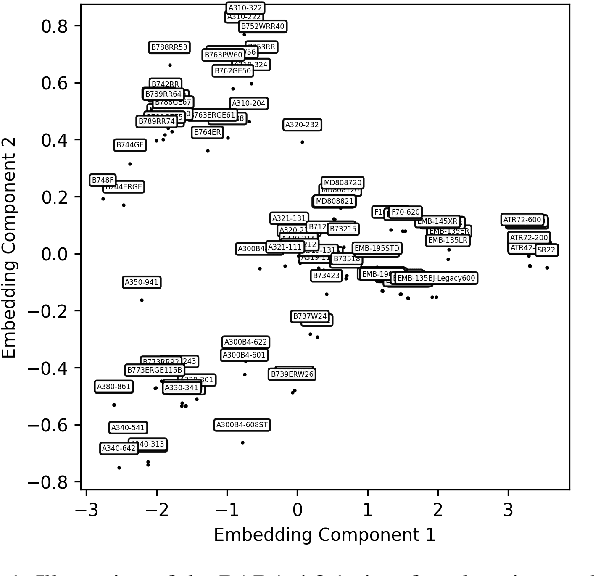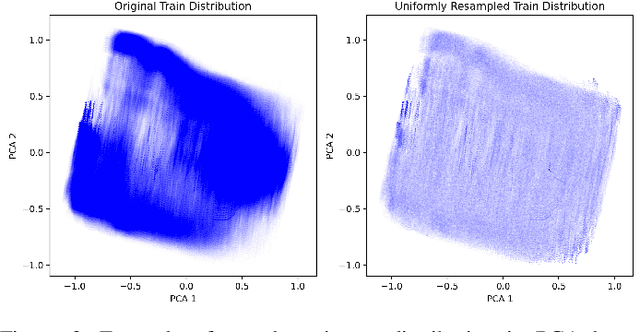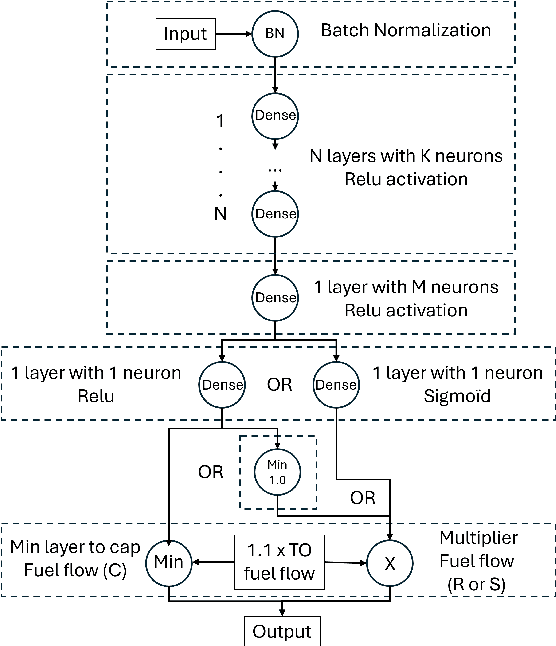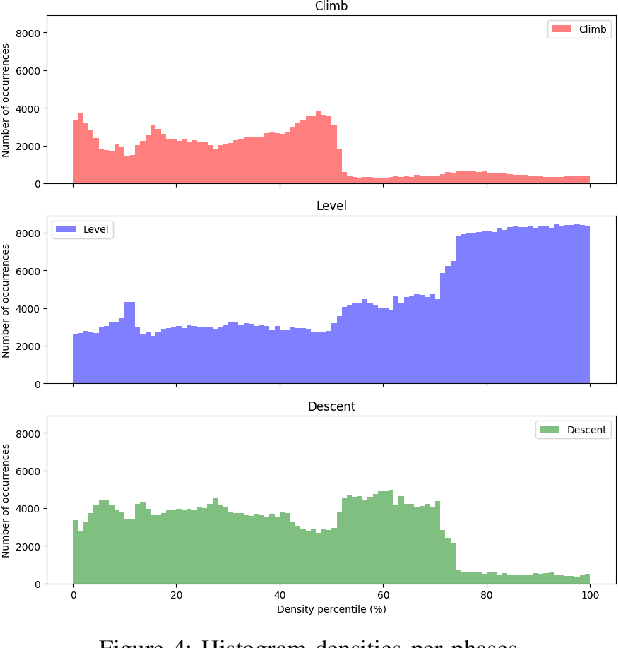Junzi Sun
Aircraft Fuel Flow Modelling with Ageing Effects: From Parametric Corrections to Neural Networks
Sep 19, 2025Abstract:Accurate modelling of aircraft fuel-flow is crucial for both operational planning and environmental impact assessment, yet standard parametric models often neglect performance deterioration that occurs as aircraft age. This paper investigates multiple approaches to integrate engine ageing effects into fuel-flow prediction for the Airbus A320-214, using a comprehensive dataset of approximately nineteen thousand Quick Access Recorder flights from nine distinct airframes with varying years in service. We systematically evaluate classical physics-based models, empirical correction coefficients, and data-driven neural network architectures that incorporate age either as an input feature or as an explicit multiplicative bias. Results demonstrate that while baseline models consistently underestimate fuel consumption for older aircraft, the use of age-dependent correction factors and neural models substantially reduces bias and improves prediction accuracy. Nevertheless, limitations arise from the small number of airframes and the lack of detailed maintenance event records, which constrain the representativeness and generalization of age-based corrections. This study emphasizes the importance of accounting for the effects of ageing in parametric and machine learning frameworks to improve the reliability of operational and environmental assessments. The study also highlights the need for more diverse datasets that can capture the complexity of real-world engine deterioration.
On the Generalization Properties of Deep Learning for Aircraft Fuel Flow Estimation Models
Oct 10, 2024



Abstract:Accurately estimating aircraft fuel flow is essential for evaluating new procedures, designing next-generation aircraft, and monitoring the environmental impact of current aviation practices. This paper investigates the generalization capabilities of deep learning models in predicting fuel consumption, focusing particularly on their performance for aircraft types absent from the training data. We propose a novel methodology that integrates neural network architectures with domain generalization techniques to enhance robustness and reliability across a wide range of aircraft. A comprehensive dataset containing 101 different aircraft types, separated into training and generalization sets, with each aircraft type set containing 1,000 flights. We employed the base of aircraft data (BADA) model for fuel flow estimates, introduced a pseudo-distance metric to assess aircraft type similarity, and explored various sampling strategies to optimize model performance in data-sparse regions. Our results reveal that for previously unseen aircraft types, the introduction of noise into aircraft and engine parameters improved model generalization. The model is able to generalize with acceptable mean absolute percentage error between 2\% and 10\% for aircraft close to existing aircraft, while performance is below 1\% error for known aircraft in the training set. This study highlights the potential of combining domain-specific insights with advanced machine learning techniques to develop scalable, accurate, and generalizable fuel flow estimation models.
Automatic Control With Human-Like Reasoning: Exploring Language Model Embodied Air Traffic Agents
Sep 15, 2024Abstract:Recent developments in language models have created new opportunities in air traffic control studies. The current focus is primarily on text and language-based use cases. However, these language models may offer a higher potential impact in the air traffic control domain, thanks to their ability to interact with air traffic environments in an embodied agent form. They also provide a language-like reasoning capability to explain their decisions, which has been a significant roadblock for the implementation of automatic air traffic control. This paper investigates the application of a language model-based agent with function-calling and learning capabilities to resolve air traffic conflicts without human intervention. The main components of this research are foundational large language models, tools that allow the agent to interact with the simulator, and a new concept, the experience library. An innovative part of this research, the experience library, is a vector database that stores synthesized knowledge that agents have learned from interactions with the simulations and language models. To evaluate the performance of our language model-based agent, both open-source and closed-source models were tested. The results of our study reveal significant differences in performance across various configurations of the language model-based agents. The best-performing configuration was able to solve almost all 120 but one imminent conflict scenarios, including up to four aircraft at the same time. Most importantly, the agents are able to provide human-level text explanations on traffic situations and conflict resolution strategies.
Flight Contrail Segmentation via Augmented Transfer Learning with Novel SR Loss Function in Hough Space
Jul 22, 2023Abstract:Air transport poses significant environmental challenges, particularly the contribution of flight contrails to climate change due to their potential global warming impact. Detecting contrails from satellite images has been a long-standing challenge. Traditional computer vision techniques have limitations under varying image conditions, and machine learning approaches using typical convolutional neural networks are hindered by the scarcity of hand-labeled contrail datasets and contrail-tailored learning processes. In this paper, we introduce an innovative model based on augmented transfer learning that accurately detects contrails with minimal data. We also propose a novel loss function, SR Loss, which improves contrail line detection by transforming the image space into Hough space. Our research opens new avenues for machine learning-based contrail detection in aviation research, offering solutions to the lack of large hand-labeled datasets, and significantly enhancing contrail detection models.
 Add to Chrome
Add to Chrome Add to Firefox
Add to Firefox Add to Edge
Add to Edge